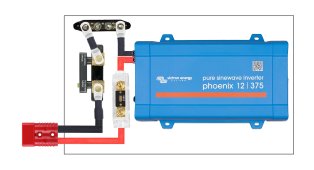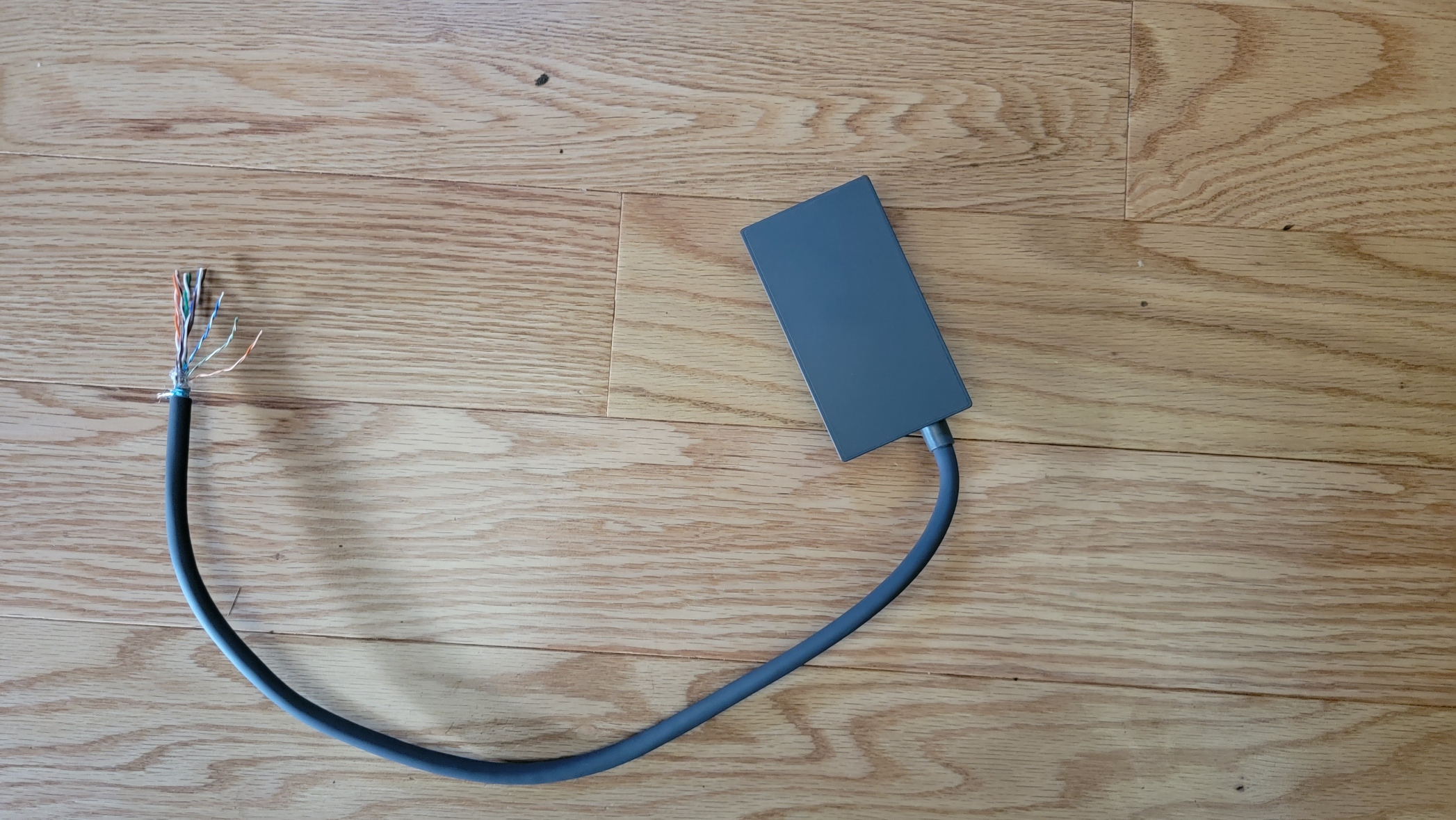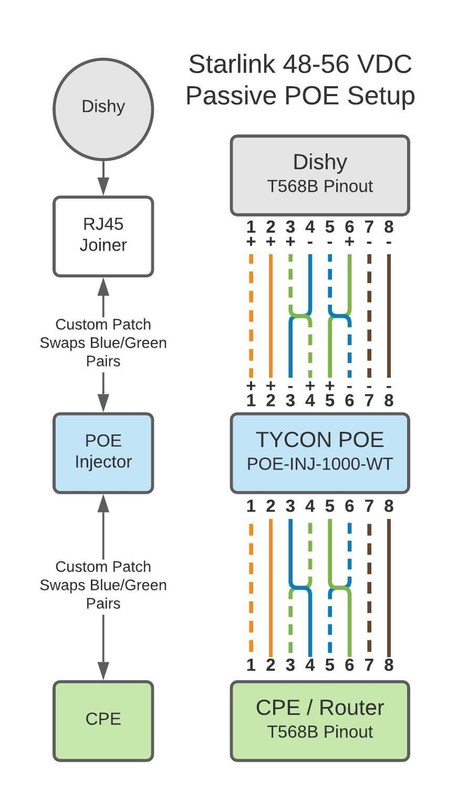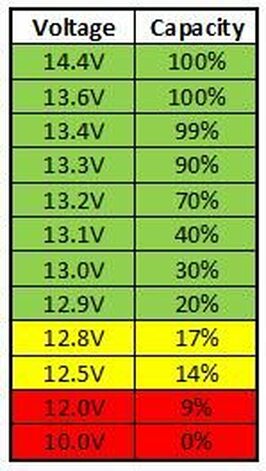+1 to going with a single device instead of two.
What type of load will the inverter be used with?
All the devices plugged in at once wouldn't pull more than 300W. It's mostly to power Starlink internet and charge the laptop a few times. I'm sure other things will come up but for now, that's pretty much it.
Obviously, since reading everything this forum has to offer, I'm conflicted. I went from wanting to get a small power station with solar panels to realizing sun could be scarce at the time of year when I'll need power the most and thinking a Bluetti AC200P would be better. I have a hard time wrapping my brain around spending over 2K+ on something that's not repairable and cannot be expected to last longer than the 2 year warranty period.
I then jumped from that to deciding on a big SOK 206Ah battery, a Victron Smartshunt, an inverter (375VA of 500VA), and a charger to top off the battery between trips. Basically, I'd store the battery in a suitable case (if I can find one since the SOK 206 is weirdly sized), wire some 2 AWG wire through grommets on top of the case to an Anderson connecter, and mount what I have on the diagram on a plywood board as close to the size of the top of the case as I can get it. From there, if I really need solar, I can always add a Victron MPPT charge controller. I know this is a "gateway setup" and that I'll probably move up from here at some point, which is why I'm happy to go with components rather than an all-in-one.
After watching some Will videos, I thought I could start off by replacing the charger with an MPPT charge controller and feeding it with a voltage regulator, the way he does in his crate builds, but I'm not sure I'd want to go to sleep with a setup like that connected in my basement, charging my battery overnight.
So all that brought me to the Multiplus, thinking it might be the better choice. I know it's a big bigger and more expensive than the inverters but not by much if I take away the charger. If I was permanently mounting it in a van or an RV, it would be a no-brainer, but I'm using this setup in a popup RV that has it's own electrical system (Lead-Acid battery + converter and 4 circuit DC distribution all-in-one panel, with a shore power connector outside, which I never use because I boondock). That setup is enough to power the LED lights, water pump, and fire up the propane furnace. It's not what I would have wired if I had gone from scratch but it works, it's safe, and it's clean. This is how I concluded a small, portable setup is the way to go for me.
Damn, that was long-winded...








